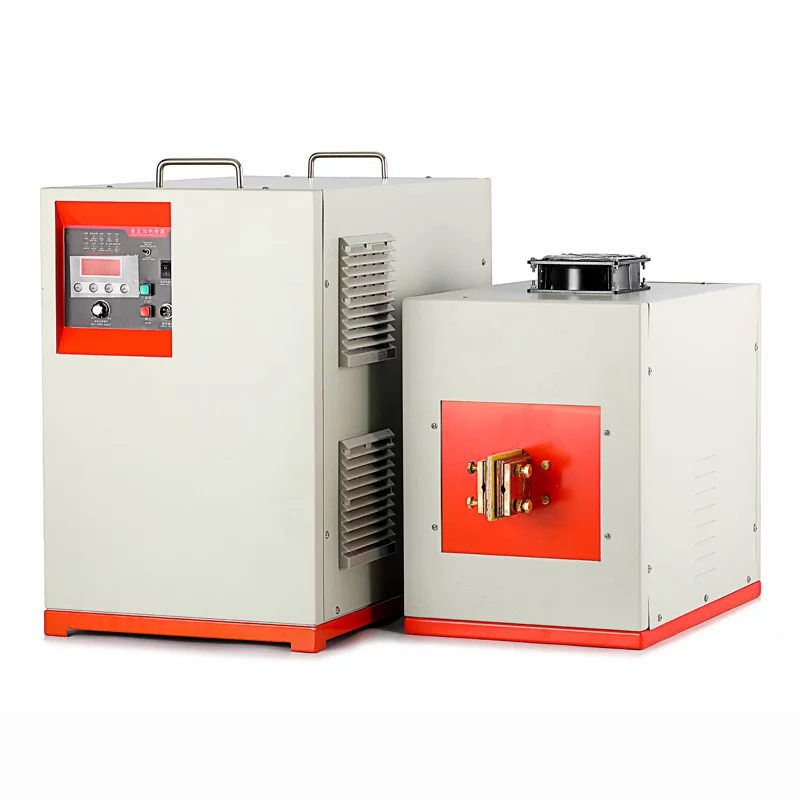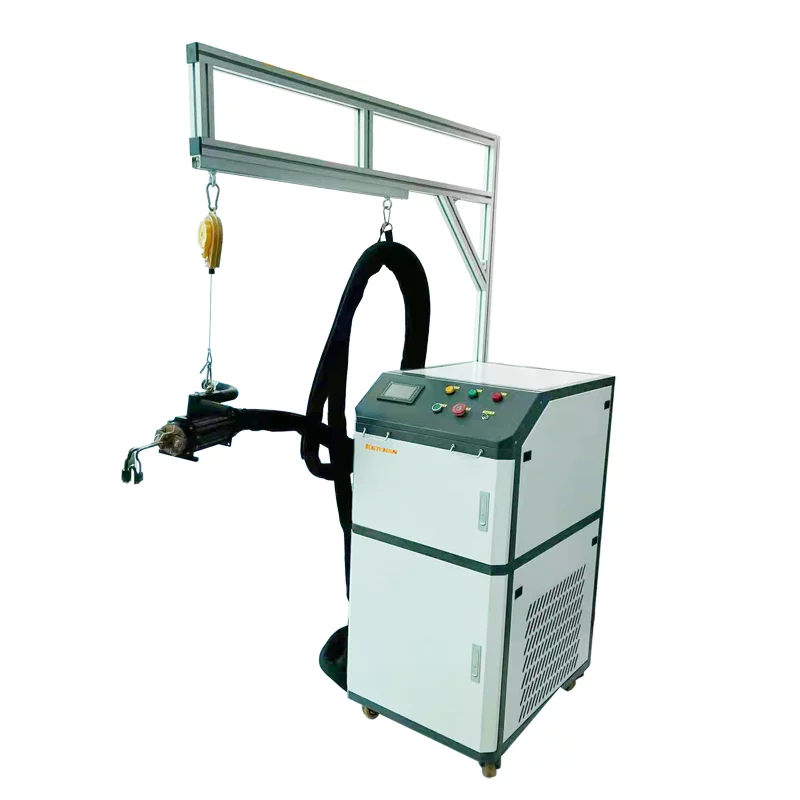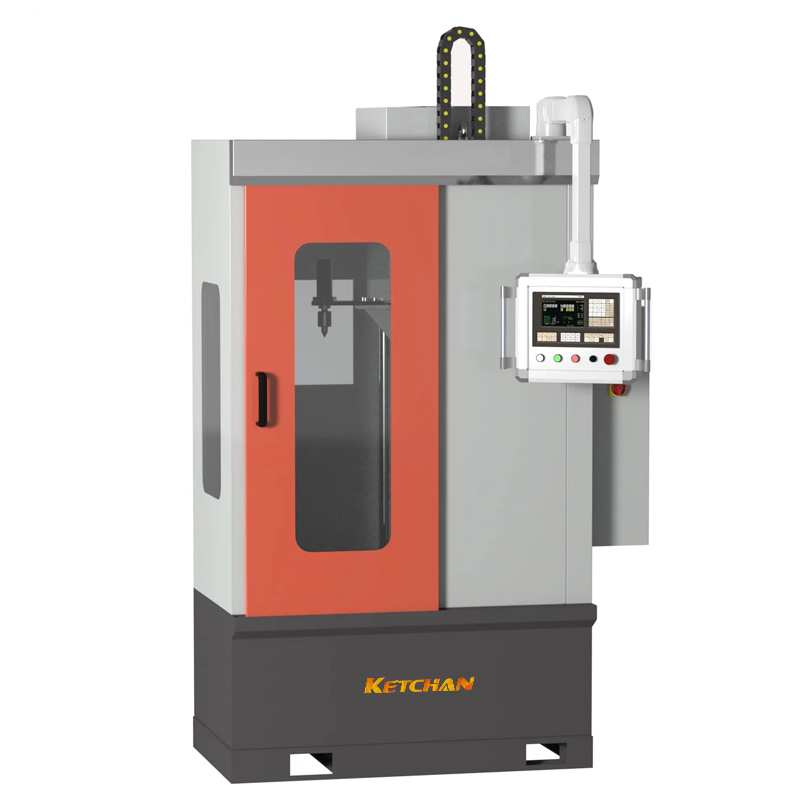The induction heating quenching coil is a key heating element that USES eddy current principle to quench and strengthen the surface of parts. There are many kinds of surface heating parts and their shapes are very different, so the design forms of the inductor are different. Generally, the size of the inductor is mainly considered as the diameter, height, section shape, cooling water channel and water jet hole, etc. The design idea is as follows.
1. Diameter of the induction coil
The shape of the induction heating quenching coil is determined according to the surface contour of the heating part, which requires a certain gap between the inductor ring and the part, and uniform everywhere.
When heating the outer circle, the inner diameter of the inductor D =D0+ 2A; When the inner hole is heated, the outside diameter D of the inductor is d0-2a. Where, D0 is the diameter of the outer circle or inner hole of the workpiece, and A is the gap between them. Take 1.5 ~ 3.5mm for shaft parts, 1.5 ~ 4.5mm for gear parts, and 1 ~ 2mm for inner hole parts. If the intermediate frequency heating quenching, the clearance is slightly different, the general shaft parts are 2.5 ~ 3mm, the inner hole is 2 ~ 3mm.
2. The induction coil height
The height of the inductor is mainly determined according to the power P0 set of the heating equipment, the diameter D of the workpiece, and the specific power P set determined:
(1) For the short shaft parts, the height of the induction ring should be less than the height of the parts in order to prevent the sharp Angle from overheating.
(2) The height of the induction coil is 1.05-1.2 times of the length of the quenching zone in the case of one-time heating and local cooling of the long shaft parts.
(3) When the height of the single-turn induction coil is too high, the heating on the surface of the workpiece is not uniform, the intermediate temperature is much higher than the temperature on both sides, the higher the frequency, the more obvious, so the double-turn or multiple-turn induction coil is used to replace.
3. Cross section shape of the induction coil
The cross-section shape of the induction coil is more, such as circle, square, rectangle, plate (external welding cooling water pipe), etc. When the quenching area is the same, the induction coil with a rectangular section is the most economical, and the thermally uniform, the circular section is the worst, but it is easy to be bent. The selected materials are mostly brass tubes or red copper tubes. The wall thickness of the high-frequency induction coil is 0.5mm, and that of the intermediate frequency induction coil is 1.5mm.
4. Cooling water channels and blowhole
Considering the heating caused by eddy current loss, all components need water cooling. For copper pipe, direct water cooling can be provided. The copper plate manufacturing part can be made into a sandwich or externally welded copper pipe to form a cooling waterway. In the case of continuous or simultaneous heating at high frequency and self-spraying cooling, the diameter of the water jet hole in the induction ring is mostly 0.8 ~ 1.0mm, and the heating at intermediate frequency is 1 ~ 2mm. The Angle of the water jet hole in the continuous heating quenching induction ring is 35° ~ 45°, and the hole distance is 3 ~ 5mm. At the same time, the quenched water jet holes should be staggered, with uniform spacing. The total area of the general water jet holes should be less than the area of the inlet pipe, so as to ensure that the water jet pressure and inlet water pressure meet the requirements.
It should be noted that in order to solve the annular effect of inner hole heating, iron oxygen (high-frequency quenching) or silicon steel (medium frequency quenching) sheets can be inserted on the induction coil to make a gate shaped magnetic body and drive the current to flow along with the notch of the magnetic body (the outer layer of the induction coil).To prevent the parts that should not be hardened from being heated, a magnetic short circuit ring shield can be made of steel rings or soft magnetic materials. In addition, when induction heating, the gap between the induction ring and the sharp corner should be appropriately enlarged to prevent local overheating.






